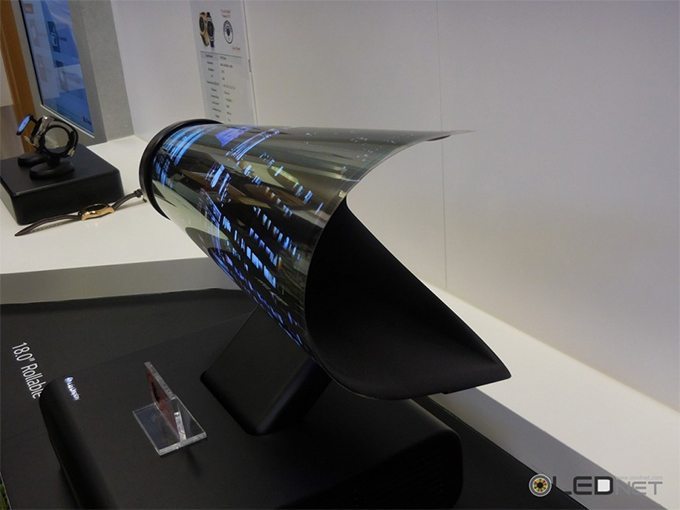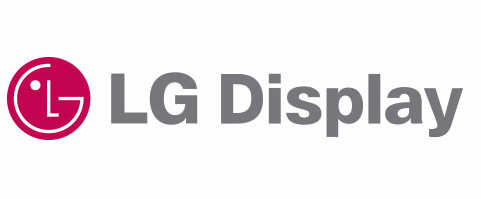LGD Invests KRW 1.99 Trillion in Flexible OLED Line

LGD will invest KRW 1.99trillion in 6G flexible OLED line. (Source = LGD)

LGD will invest KRW 1.99trillion in 6G flexible OLED line. (Source = LGD)
Hyun Joo Kang, Editor, OLEDNET

LG Display announced today that it is showcasing its latest advanced OLED light products and solutions at Light+Building 2016, one of the leading global trade fairs for lighting and building services technology, in Frankfurt, Germany, from March 13th to 18th.
Eleven OLED light panels are being exhibited along with four solutions using the panels. LG Display is highlighting the key advantages of OLED light, including the design flexibility that makes it suitable for different applications and venues, as well as its supreme light quality which is closest to natural light, thereby making people feel comfortable and reducing eye fatigue.
The company is exhibiting four solutions using OLED light panels:
Flexible Solution Section
The flexible OLEDs can be used to create unique and creative decorative lighting fixtures. The creativity in design increases along with the length of the panels. The flexible OLED light panels are light-weight and unshatterable. There are applications using 200x50mm flexible panels and 406x50mm flexible panels. The main highlight in this section is an application using many 320x320mm flexible panels.
Transparent Connection Solution Section
The LG Display OLED light panel generates a floating light effect by attaching the panel to glass and providing power through metal mesh transparent conductive film. It can be applied to display cabinets, shelves, and furniture. Especially when it is applied to shelves at stores, the lack of heat preserves product quality while the lack of shadow makes them more visually appealing to customers. The simplicity of OLEDs opens up the possibilities of various designs and applications.
Mirror Solution Section
By embedding the OLEDs into mirrors, LG Display has created a solution that can have a variety of uses. It can be used as a mirror in upscale hospitality settings or as a unique display box in high-end retail stores. When other light sources are used in a mirror solution, they tend to make the mirror too thick whereas OLED keeps the mirror thin and also minimizes glare.
Module Solution Section
OLED light panels allow for easy installation in diverse settings. LG Display is introducing super-slim OLED light modules at the fair with a simple aluminum housing that connects multiple panels into each module, generating unique and sleek designs. The company is showcasing the module solutions in order to demonstrate how well OLED light can be applied to interior design and architecture. It is committed to develop other solutions in order to encourage more and more people to easily use OLED lights.
UBI RESEARCH / CEO:Choong Hoon Yi / Business License Registration Number 220-87-44660
ADDRESS: A-1901, Samho Moolsan Bldg, 83, Nonhyeon-ro, Seocho-gu, Seoul, Republic of Korea (Zip) 06775 TEL:+82-2-577-4390 / E-MAIL:marketing@ubiresearch.com
